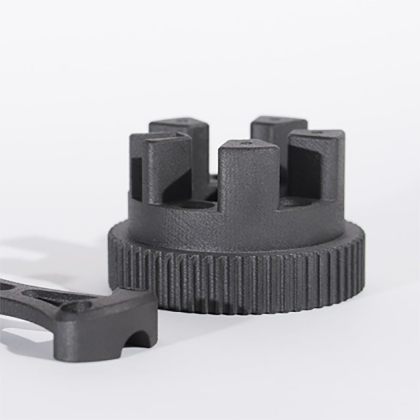3D printing technology has come a long way since its inception, revolutionizing the manufacturing industry and opening up new possibilities across various sectors. The evolution of 3D printing, from prototyping to mass production, has been a game-changer, and its impact continues to grow exponentially.

Revolutionizing Prototyping
One of the key milestones in the evolution of 3D printing technology is its role in revolutionizing prototyping. Traditionally, prototyping was a time-consuming and costly process, requiring intricate molds and skilled labor. However, with the advent of 3D printing, designers and engineers gained the ability to rapidly produce prototypes with minimal material wastage. This not only accelerated the product development cycle but also allowed for more iterations and improvements, leading to better end products.
Advancements in Materials
Another crucial aspect of the evolution of 3D printing technology is the continuous advancements in materials. Initially limited to plastics, 3D printing now encompasses a wide range of materials, including metals, ceramics, and even organic compounds. This expansion of material options has significantly broadened the scope of 3D printing applications, enabling the production of functional prototypes and end-use parts across diverse industries.
From Customization to Mass Production
While 3D printing initially gained traction for its ability to create highly customized and intricate designs, it has now evolved to facilitate mass production. The development of high-speed, high-precision 3D printing systems has made it feasible to produce large quantities of parts with consistent quality. This shift towards mass production has disrupted traditional manufacturing methods, offering cost-effective solutions for small-batch production and on-demand manufacturing.
Furthermore, the integration of automation and robotics in 3D printing processes has streamlined production workflows, reducing manual intervention and enhancing overall efficiency. As a result, 3D printing is increasingly being adopted by industries seeking agile and flexible manufacturing solutions.
Unleashing Design Freedom
One of the most significant impacts of the evolution of 3D printing technology is the liberation of design constraints. Unlike conventional manufacturing techniques that impose limitations on geometric complexity, 3D printing allows for the creation of intricate, organic shapes that were previously unattainable. This design freedom has spurred innovation in product development, architecture, and medical applications, pushing the boundaries of what is achievable.
Empowering Sustainable Practices
As sustainability becomes a focal point in modern manufacturing, 3D printing has emerged as a champion of eco-friendly practices. The additive nature of 3D printing minimizes material wastage, as only the necessary amount of raw material is used in the production process. Additionally, the ability to recycle and reuse certain 3D printing materials further contributes to environmental conservation. This sustainable approach aligns with the global shift towards green technologies and circular economies, positioning 3D printing as a sustainable manufacturing solution for the future.
Embracing Industry 4.0
The evolution of 3d printing technology has seamlessly integrated with the principles of Industry 4.0, marking a new era of smart manufacturing. With the incorporation of digital connectivity, data analytics, and artificial intelligence, 3D printing systems have become more intelligent and adaptive. This convergence of technologies has paved the way for predictive maintenance, real-time monitoring, and agile production processes, driving the transformation of traditional factories into smart, interconnected ecosystems.
In conclusion, the evolution of 3D printing, from prototyping to mass production, has reshaped the manufacturing landscape, offering unparalleled opportunities for innovation and efficiency. As the technology continues to advance, its impact will undoubtedly extend to new frontiers, shaping the future of production and design.








